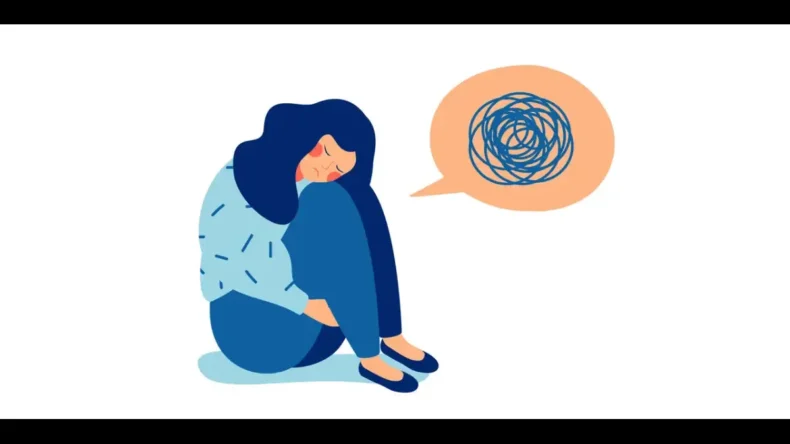
The President of the American Psychiatric Association responds to inquiries regarding a recent proposal suggesting the screening of individuals under the age of 65 for anxiety.
When to know that anxiety is getting worse?
In a recent development, a group of influential medical professionals has put forward a groundbreaking suggestion, advocating for the screening of anxiety symptoms in all adult patients below the age of 65.
The U.S. Preventive Services Task Force recently released updated guidelines, following the release of a preliminary version in September of last year. These new guidelines specifically pertain to the screening of anxiety symptoms and extend the previous recommendations, which were focused on children between the ages of 8 and 18.
A significant number of individuals in the United States grapple with anxiety, as stated by the National Alliance on Mental Illness, with approximately 1 in 5 adults affected by an anxiety disorder. It is important to note that experiencing some level of anxiety is not inherently problematic. Experts assert that our internal alarm system serves beneficial purposes, such as enhancing performance, heightening awareness of danger, and fostering conscientiousness. Furthermore, it is common to feel increased anxiety when confronted with stressful life events, such as beginning a new job, coping with the loss of a loved one, or relocating to a different city.
Nevertheless, there are instances when anxiety can intensify and become more all-encompassing.
How can one differentiate between anxiety that serves a protective purpose and anxiety that becomes problematic? Additionally, in light of the panel’s exclusion of screening recommendations for individuals aged 65 and above, what steps should be taken if someone in this age group is experiencing feelings of anxiety?
I invited Dr. Petros Levounis, the current President of the American Psychiatric Association, to provide insights and address these inquiries, along with others.
What are the indicators that suggest the need for an assessment of one’s anxiety?
Anxiety can lead individuals to actively avoid circumstances that provoke or exacerbate their symptoms. Key signs to be mindful of encompass a persistent sense of apprehension or concern that persists, as well as difficulties with sleep or appetite.
Additional symptoms may manifest as feelings of restlessness, a heightened sense of fear or impending doom, an accelerated heart rate, perspiration, trembling, and difficulties with concentration.
When the level of worry becomes overwhelming and begins to impact various aspects of life, such as work or relationships, or induces feelings of depression, it is advisable to seek assistance. This can involve reaching out to a primary care provider or a mental health professional. It is important to acknowledge that anxiety might not resolve spontaneously and could potentially escalate without seeking help.
What defines “normal” levels of anxiety, and how can one determine when anxiety exceeds a healthy threshold?
Occasional experiences of anxiety are commonplace. When faced with significant upcoming exams, family concerns, or financial worries, it’s natural to feel a sense of nervousness. Increased heart rate, heightened perspiration, and an overall edginess may accompany these situations. However, these sensations often dissipate as swiftly as they emerge.
If an individual realises that feelings of worry and fear persistently linger without respite, it serves as an indication that seeking assistance is necessary. The positive aspect is that effective treatment options are accessible and yield positive outcomes.













